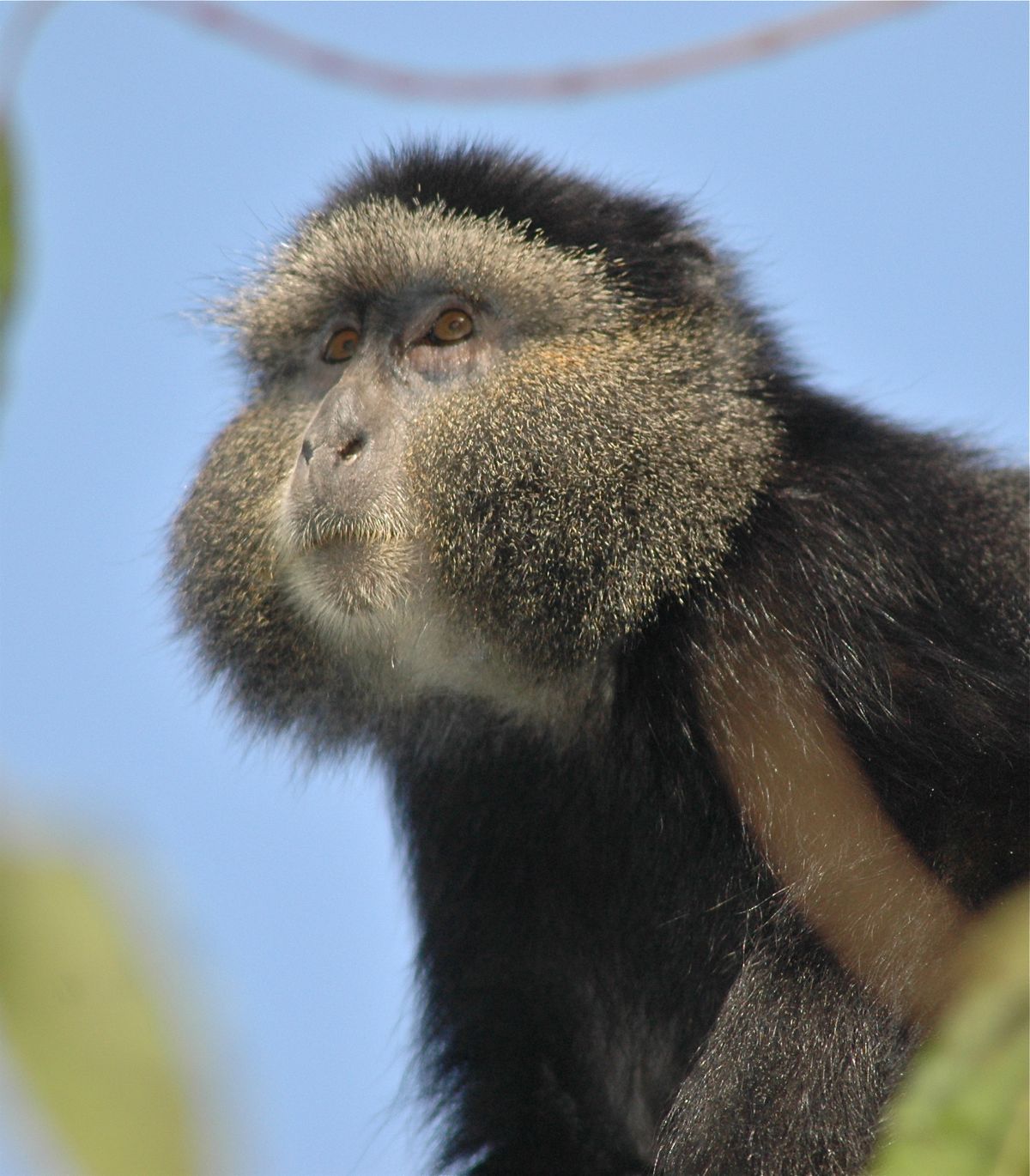Hey, You Age Like a Baboon!

As we approach the grave, humans have more in common with our primate relatives than scientists thought.
But the issue isn't one of years; modern humans clearly take the prize for living the longest among the eight primate species included in a recent comparison. Rather, a new study found that our risk of dying increases in a similar fashion as humans and other primates age.
"In a lot of aspects of our biology and behavior, our traits go back a long way. One of the things we showed is aging patterns are not an exception as was thought they might be," said Jeanne Altmann, a professor at Princeton University and a contributing researcher who studies baboons. "Our aging patterns are deep in our primate heritage."
Among relatives
In the past, comparisons with short-lived and less-related species, such as mice, concluded that aging — in which the probability of dying accelerates as the body breaks down — happens more slowly in humans than it does in other mammals. It was assumed that this phenomenon would only appear in humans and captive animals thanks to modern medicine and protection against the hazards of living in the wild, according to study researcher Anne Bronikowski, an associate professor at Iowa State University.
However, the results of the new study indicate that many of our wild-living relatives also see their risk of dying at a specific time accelerate rapidly once they pass a certain age. And, also like us, many have a low chance of dying early on in adulthood.
No other species fared as well as modern humans for both of these factors, however, and the authors argue that this is the secret to our longevity.
Sign up for the Live Science daily newsletter now
Get the world’s most fascinating discoveries delivered straight to your inbox.
Long-term data
In the study, the first of its kind, the researchers examined two factors: the risk of dying early in adulthood and the rate at which deaths caused by age-specific problems — such as heart disease and certain cancers — increases with age.
For humans, the data on risk of death with age came from the U.S. Department of Health and Human Services. For the other seven primate species (which included gorillas, chimpanzees, baboons, blue monkeys, muriquis, capuchins and sifaka), the data came from long-term demographic studies, all spanning at least 25 years. [The Odds of Dying]
Although it was not included in this study, data on aging among humans in hunter-gatherer societies has been examined by other research. For them, the risk of death in early adulthood is notably higher, and this is naturally followed by an accelerated risk of death as people age, Bronikowski said.
A few surprises
The comparison yielded some surprises, among them the discovery that while primates tend to follow the same aging pattern as one another, more closely related species (such as the great apes, which includes humans, gorillas and chimpanzees) didn't have any more in common with each other than they did with the New World monkeys such as muriquis and capuchins.
"In other words, aging can be affected by habitat and by local pressures," Bronikowski said.
While it was already well-established that women outlive men, the comparison revealed that among most other primates, males have higher risks of death at earlier ages than their female counterparts. For instance, the muriquis monkey, native to Brazil, showed no difference at all in its mortality rate between males and females.
The researchers focus on a key difference between muriquis and the other species studied: Male muriquis do not compete for mates — at least not overtly. They are tolerant toward others' mating with females, and so avoid the violence that in other species, particularly for baboons, appears to shorten males' lives.
Male muriquis may get this reprieve since they live in groups with close relatives, and males and females have similarly sized bodies and canine teeth. Because males don't have a physical advantage over females, females may be "free" to choose their mates, taking away the incentive for males to compete aggressively for them, said Karen Strier, a study researcher and professor at the University of Wisconsin-Madison who studies muriquis.
Behind muriquis, humans had the smallest mortality gap between males and females.
The study will be detailed in the March 11 issue of the journal Science.
You can follow LiveScience writer Wynne Parry on Twitter @Wynne_Parry.











